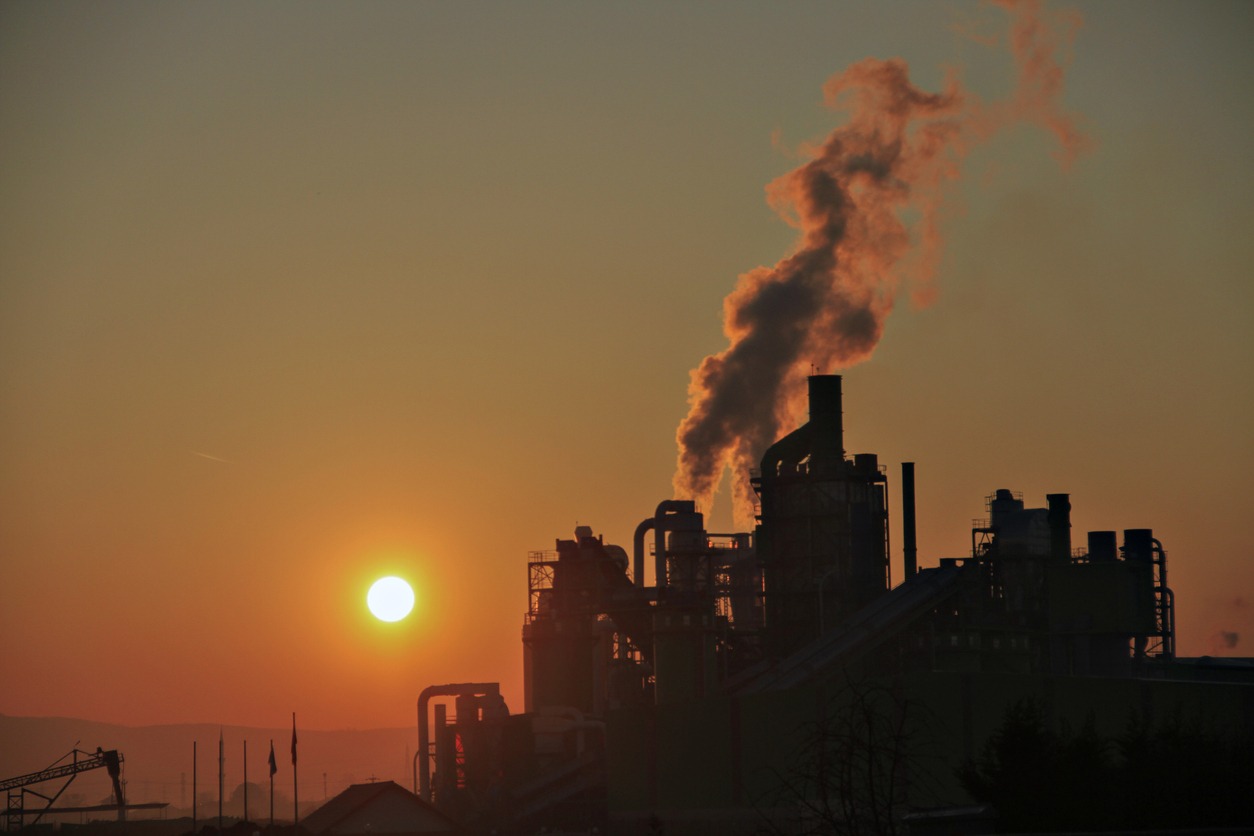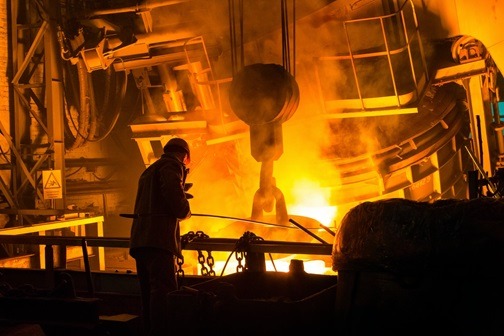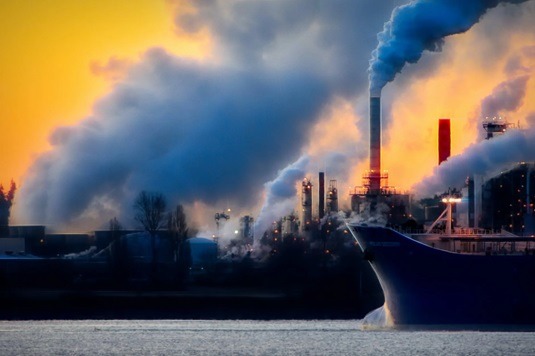As technological advancement continuously improves, industrialization also improves. It’s evident that at the start of the 21st century, technology made people’s lives easier.
We are at the brink of a new era where civilization is improving fast. As such, industrialization is an important aspect of the discovery of new things. Things that make our lives much easier.
What is Industrialization?
Industrialization can be defined as the means of converting an agricultural economy into goods manufacturing business. Traditional manual labor is replaced by mechanical labor. Its ability to make mass production is a key factor why industrialization was adopted.
Soon thereafter, robotics replaced human intervention and made working faster and easier. A standardized means of production ensures high-quality materials are made. They come in equal sizes with a very small margin of error.
Impact of Industrialization
Here are some of the most notable features of industrialization:
- Transforming agricultural businesses into mass production of goods.
- Competent income and a higher standard of living in the society.
- Originated in Europe and North America between the 18th and 19th centuries.
- Easily adopted around the world.
These key elements are the foundations of industrialization. Understanding more about its origins and how it developed helps us further enhance technology for the future.
A Deeper Approach
Between the 18th and 19th centuries, the Industrial Revolution in Europe took place. At the same time, the United States also adopted industrialization during the 1880s and the Great Depression. The start of World War II also ignited the fast-paced development of industrialization.
It led to the birth of large-scale urban and suburban centers. Industrialization’s impact was yet to be revealed. However, it was noted that people at that time are earning more than average. The birth rate was stable, and the economic status of most people improved.
Beginning of a New Era
During the 18th century in Britain, the Industrial Revolution took place. Most factories during that time utilized hand-made materials from their workers. However, the discovery of the steam engine ignited the beginning of a new age. An era where machinery is widely used.
Since then, the production of goods is powered by machines. Materials were lined up waiting for metals to build other metals. A production that exceeds human intervention.
As companies continued to develop their machinery, it affected other aspects of the industry. Finance, transportation, and communications also developed. These aspects continually improved to answer the demands of the fast-growing industrialization.
An increase in wealth and labor specialization began as the Industrial Revolution took place. The budding industry left a large number of the population in rural areas to seek fortune. And little did they know, industrialization spread like wildfire in the outskirts of Europe.
Industrialization Development
The development of industrialization dates back to its history in the 18th-19th century. As time passed by, it underwent a series of metamorphoses. Each with its unique characteristics as it further evolved.
Mercantilism
Mercantilism is a type of economic system from the 16th to the 18th century. It believes that wealth is static. European nations tried to monopolize wealth by limiting imports and focusing more on exports.
Protectionism
Protectionism restricts international trade based on government policies to enhance domestic industries. Its primary goal is to increase domestic economic development. However, it’s also a way of maintaining quality and safety.
Laissez-Faire
Laissez-Faire was developed in the 18th century. This economic approach prohibits government intervention in any businesses. It believes in the principle that less government intervention results in better business outcomes.
Import Substitution Industrialization
Import Substitution Industrialization seeks to find autonomy of a developing country to stand on its own. Newly formed industries are protected to produce high-quality products. These products are said to meet international standards to increase their value. Thus, improving the economy.
Export-Led Growth Strategy
Export-Led Growth Strategy is an economic approach that allows a country to engage in international trade. Exchanging goods outside the country enhances economic development.
Great Leap Forward
In 1958, the Chinese Communist Party planned a 5-year agricultural development along with industrialization. This was called the Great Leap Forward. It took a lot of lives due to forced labor, starvation, execution, and other forms of slavery. Among other ways of industrialization, it was the biggest failure. It’s a clear picture that economic development wouldn’t be possible without the cooperation of society.
Modern Industrialization
Modern industrialization is focused on using machines to replace human involvement. Its goal to achieve machinery perfection led to the production of robots and other mechanical equipment. The ultimate goal is to sit back and let the machine do its job.
Modern industrialization allows the production of materials with very identical features. Unlike human output, machine-made materials are equal in size because of their standard calibration. It lessens the incidence of human error and ensures the highest output quality.
Factories
Factories are the heart of industrialization. This is where all things began. However, a factory cannot function as a whole without the use of different equipment. Hence, the use of high-quality tools is important.
For instance, using a conveyor belt is common in a factory. High-quality materials are used to keep the production rolling. Another is the use of cryogenic ball valves.
To ensure safety, looking for the best cryogenic ball valves manufacturers is important. Remember, the number one concern for every business structure is safety.
Conclusion
Now we know how the industrial revolution affects the economy. It’s important that as members of society, we’ll be able to contribute something to industrialization. If you know some DIY tips in making a modified application of equipment, share them with others.





